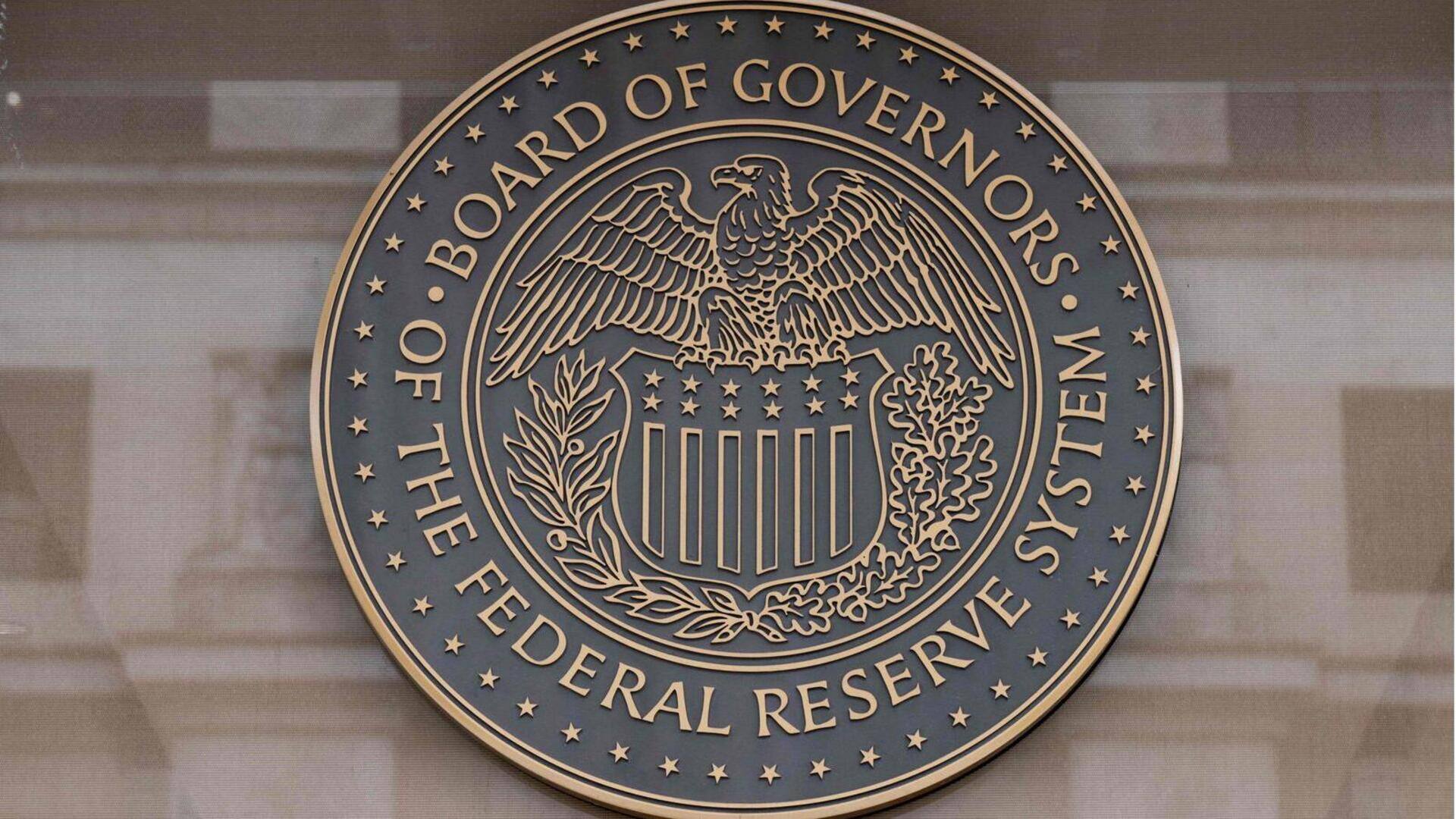
US Fed meeting begins today: Here's what to expect
What's the story
The United States Federal Reserve will make its decision on whether to maintain or adjust interest rates during its upcoming meeting scheduled from October 31 to November 1. Most experts and traders analyzing recent Fed statements overwhelmingly predict that the central bank will stick to the current interest rates for the second consecutive meeting. In September, the Fed held interest rates steady in a range of 5.25-5.50%, the highest in 22 years.
Details
Interest rate hikes and their impact on inflation
Interest rate hikes are instrumental in slowing down inflation by increasing the cost of borrowing from banks. This effectively dampens economic activity and weakens the labor market. Although inflation, as measured by the Fed's preferred yardstick, peaked at over 7% in June last year, it has since fallen by more than half, remaining firmly above 3%. The challenge for the Fed is to find a delicate balance between taming inflation and preserving the strength of the US economy.
What Next?
Resilient US economy defying expectations
Contrary to expectations, the Fed's aggressive interest rate policy hasn't pushed the largest economy into a recession. Consumer spending remains robust, contributing to a strong 4.9% growth in the third quarter, alongside positive performance in the first half of the year. The job market has also improved, with unemployment at historic lows. The September jobs report revealed the addition of 3,36,000 jobs in the US, nearly double the anticipated figure, with the unemployment rate holding steady at 3.8%.
Insights
Influence of long-term government bond yields on Fed's decision
Another factor influencing the Fed's decision on whether to hold its key short-term lending rate steady is the recent surge in yields on longer-term government bonds. The 10-year US Treasury bond yields recently reached a 16-year high, touching 5%. If bond yields continue to climb, it may suggest that investors are anticipating higher inflation in the future. In response, the Fed might consider further interest rate hikes to combat inflation, as higher rates can help curb inflationary pressures.
Insights
Fed's shifting future outlook
Since the previous Fed meeting where most officials foresaw another rate hike this year, there has been a shift in their stance. Recently, Fed Chair Jerome Powell said the current policy stance is "restrictive," suggesting monetary policy was working to put "downward pressure on economic activity and inflation." However, he noted that, for now, the economy seems to handle the higher rates without problems. Given this, many analysts anticipate a "hawkish" pause.